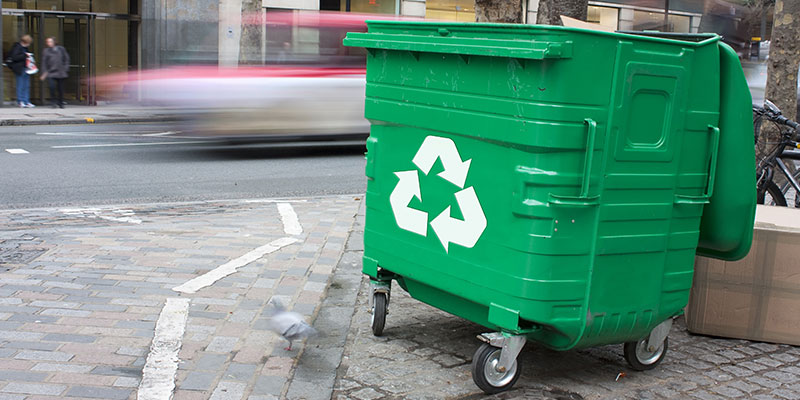Recycling waste is not a new phenomenon in London by any means. Since the 1800s, there have been collectors of waste who then took these goods and turned them into something useful.
Everyone is familiar with the traditional rag-and-bone man, also known as a street buyer, who would purchase items such as clothes, metal, animal products and even old tea leaves in order to sell them on, and would also buy broken furniture or household items and repair them before selling them either back to the original owner, or to a new buyer.
Rag and bone men were not the only interested parties, however, as there were other groups of people trying to make a living in London’s waste. Street finders, and their less lucky colleagues the sewer finders, worked in waste looking for wood, cigar ends and even dung (the latter, known as ‘pure’ was sold to tanners), as well as occasional pieces of Roman pottery and coins.
It is estimated that London was recycling almost 100% of its waste between 1790 and 1850.
By the 1850s, there were more problems in the city, and the government was forced to enact laws dealing with waste management and recycling. Firstly, modern waste collection, which often did away with recycling, was started in 1846, and by 1875 local London bodies were obliged to collect and remove waste, and the first ‘bins’ were developed.
By 1929, over a million tons of waste was being collected, and nearly 50% of that waste was being dumped in garbage tips. Several thousand tonnes were being used in the brick-making industry, and incineration plants were taking a considerable amount of the rest. In the modern period, more waste was being collected from parts of London, but recycling efforts were starting again.



